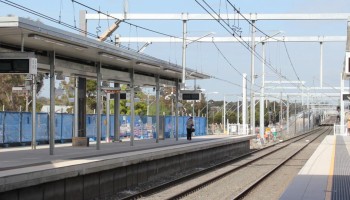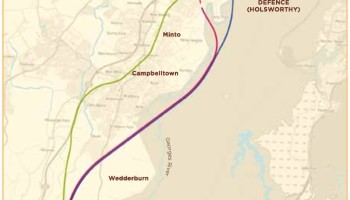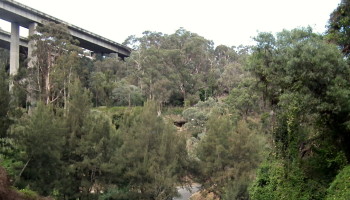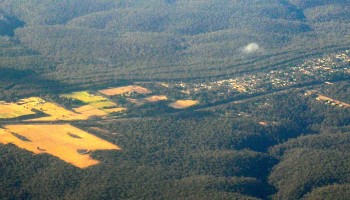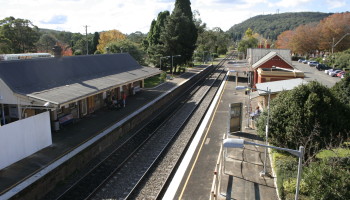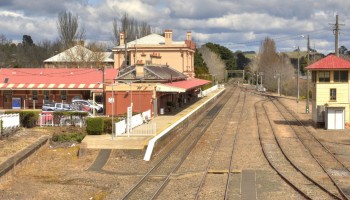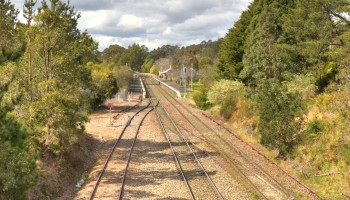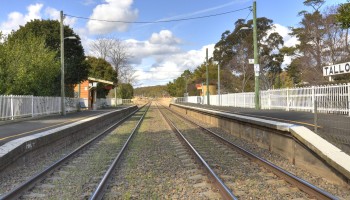Liverpool
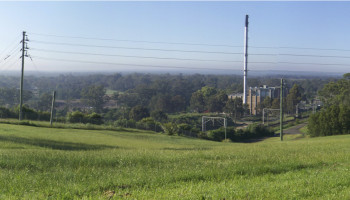
In our look at the possible corridors we could use to access inner Sydney, we identified two possible contenders that could get us to within about 15km of Central Station before we had to go underground. The first was to use the East Hills corridor until Revesby or soon after, and subsequently using a long tunnel (15-17km) to Central. The other main option was to use the Cumberland and Inner West corridors via Liverpool and Cabramatta…




